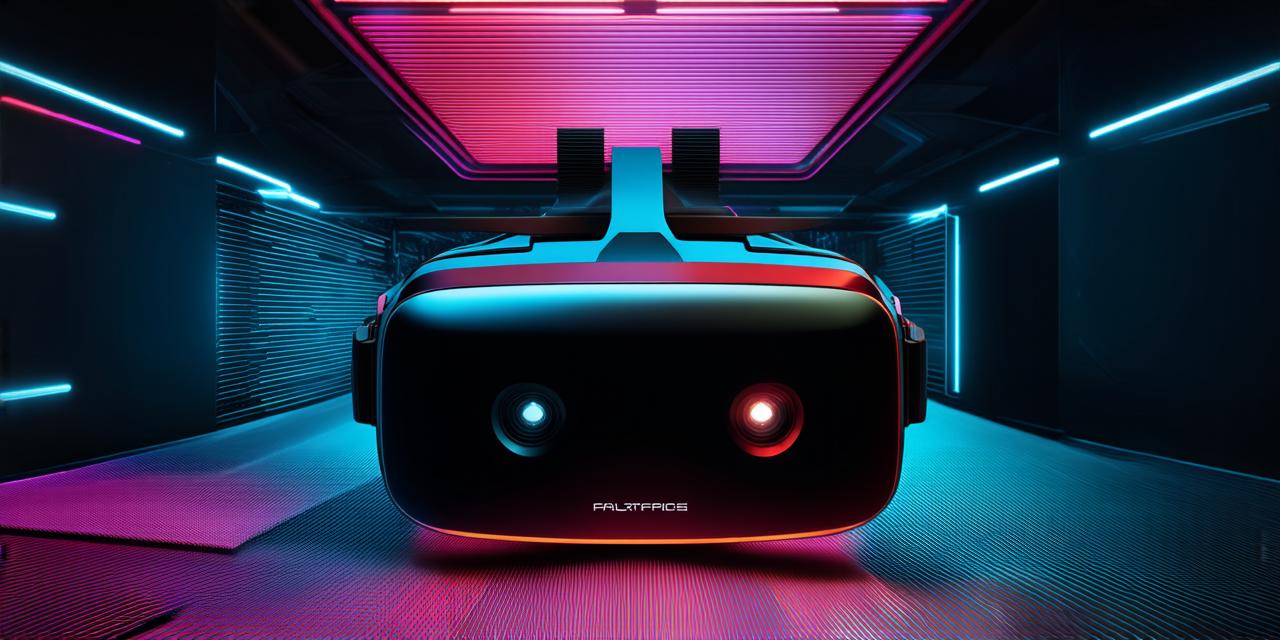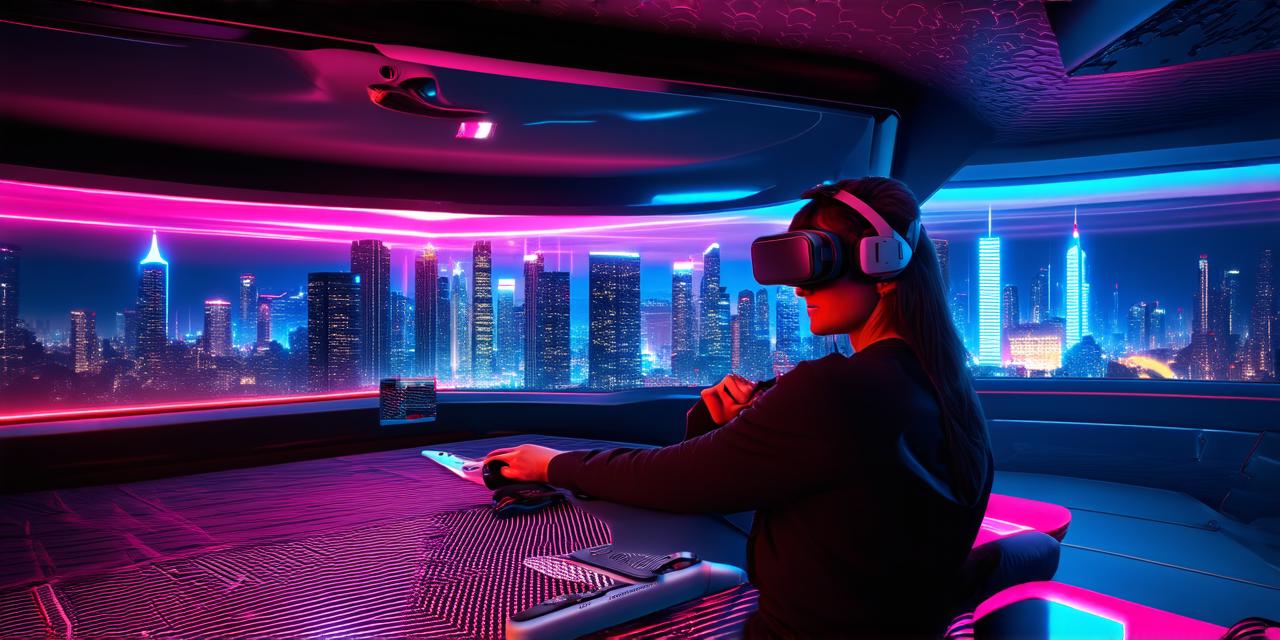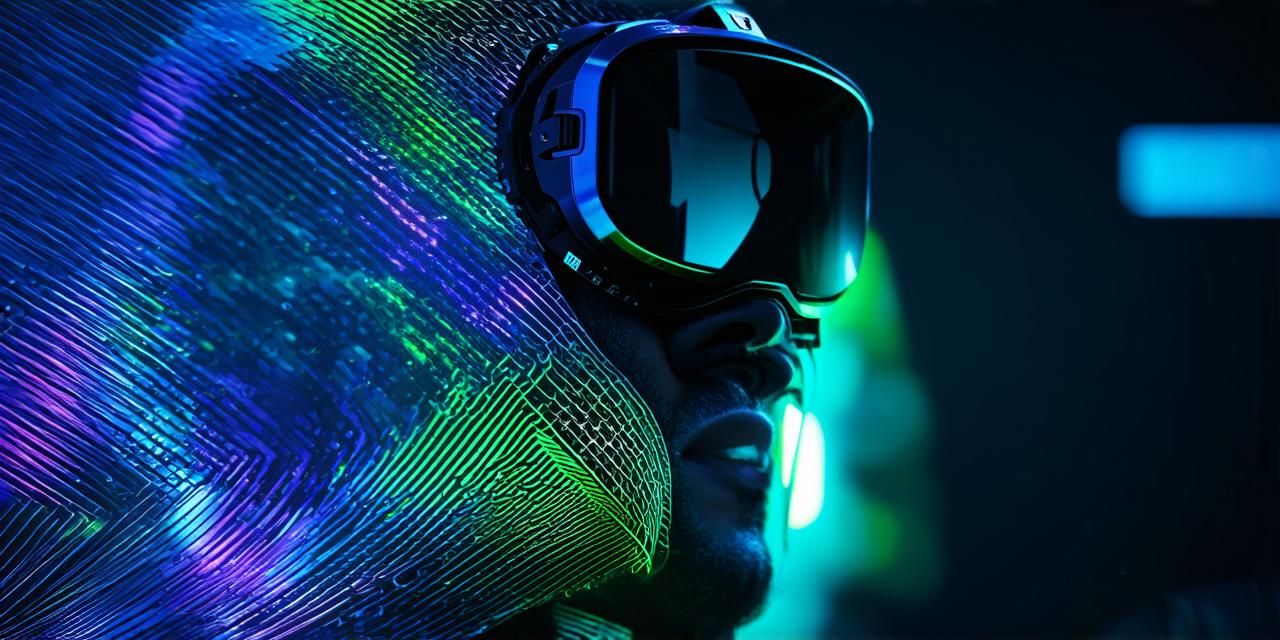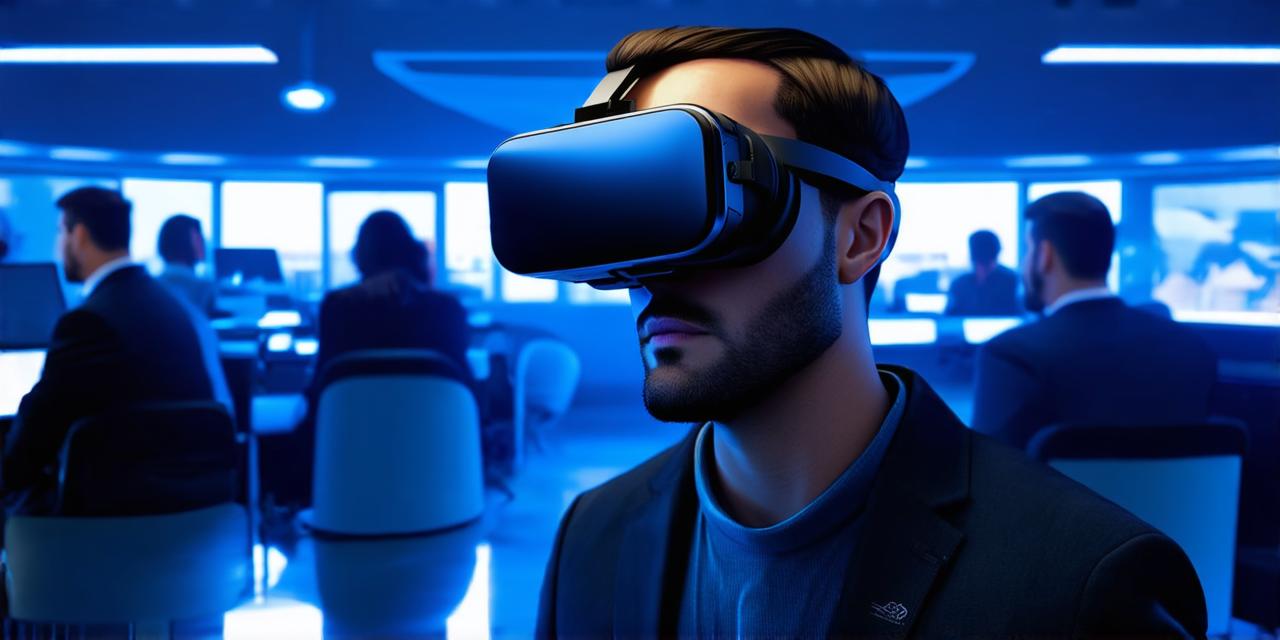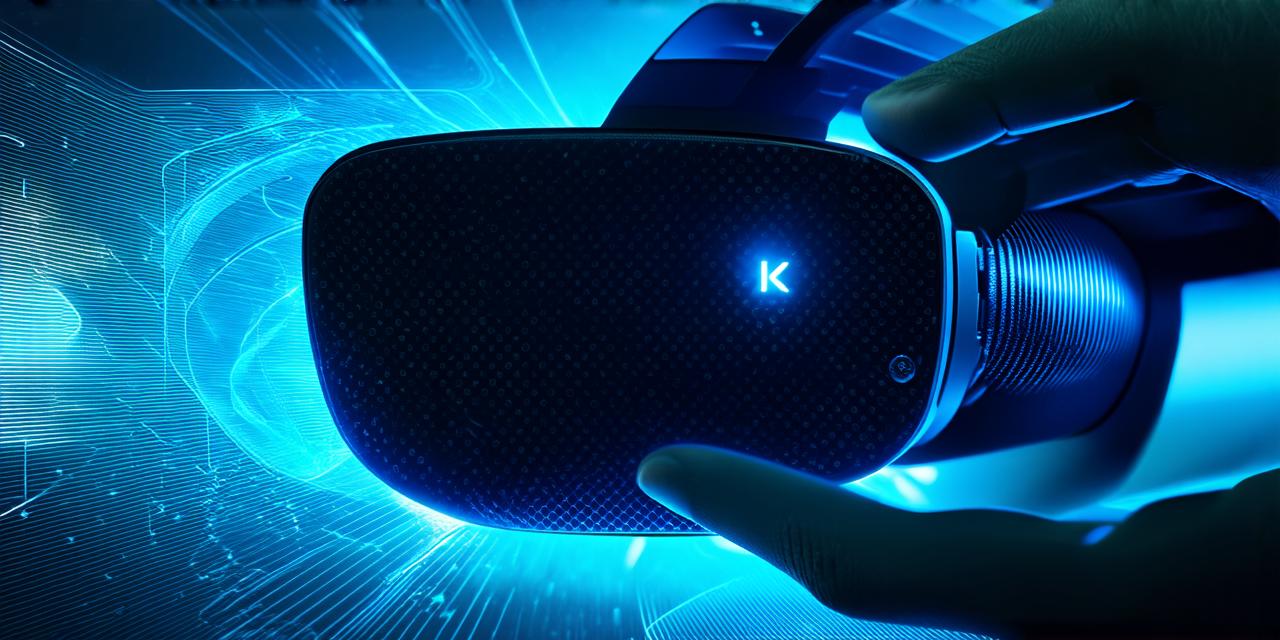Virtual reality (VR) is an emerging technology that’s rapidly gaining popularity in various industries such as gaming, education, and healthcare. VR enables users to immerse themselves in a simulated environment and interact with it in real-time. With the increasing demand for VR experiences, there has been a growing need for virtual reality websites that offer engaging and interactive content to users.
1. Define Your Target Audience
Before starting the development process, it’s crucial to define your target audience for your VR website. Determine who your ideal customers are and what type of content they would be interested in. For example, if your VR website is aimed at gamers, you will need to focus on creating engaging games that showcase cutting-edge graphics and immersive sound effects. On the other hand, if your target audience is healthcare professionals, your VR website will likely focus on providing educational content related to medical procedures or simulations of disease scenarios.
2. Choose a Platform
The next step is to choose a platform for developing your VR website. There are several options available, including Unity, Unreal Engine, and A-Frame. Each platform has its strengths and weaknesses, so it’s essential to choose the one that best suits your needs and budget. For example, Unity is a popular choice for game development, while Unreal Engine is commonly used for architectural visualization and other industries where realism is critical.
3. Create a User Interface
Once you have chosen a platform, it’s time to design the user interface (UI) of your VR website. The UI should be intuitive, easy to navigate, and visually appealing to ensure users stay engaged with your content. Consider using familiar navigation patterns such as menus and buttons to help users navigate through your site. You can also incorporate 360-degree videos or other interactive elements into the UI to make it more engaging.
4. Optimize for SEO
Search engine optimization (SEO) is crucial for any website, including VR websites. To optimize your site for SEO, use relevant keywords throughout your content and meta tags. Conduct keyword research to determine which terms are most relevant to your target audience and incorporate them into your content. Additionally, ensure that your site is mobile-friendly, as many users will be accessing your VR website on their smartphones or tablets.
5. Test and Iterate
Once your VR website is live, it’s essential to test it thoroughly to ensure that it works smoothly and provides an engaging experience for users. Use analytics tools to track user behavior and identify areas where you can improve your content or UI. Continuously iterate on your site based on user feedback and testing results to ensure that it meets the needs of your target audience.
Case Study: The Virtual Reality Museum Tour
The Virtual Reality Museum Tour is an excellent example of a successful VR website that showcases how virtual reality can be used in education. The website offers a virtual tour of several museums, including the Louvre and the British Museum, allowing users to explore the exhibits in a 360-degree environment. The website was developed using Unity and is optimized for SEO, with relevant keywords incorporated into the content and meta tags.
Frequently Asked Questions
1. What equipment do I need to develop a VR website?
To develop a VR website, you will need a computer with a graphics processing unit (GPU) capable of rendering 3D graphics in real-time. You will also need a virtual reality headset, such as an Oculus Rift or HTC Vive, to test and develop your site. Additionally, you will need software development tools such as Unity, Unreal Engine, or A-Frame, depending on the platform you choose.
2. How do I monetize my VR website?
There are several ways to monetize a VR website, including advertising, subscriptions, and merchandise sales. You can display ads on your site or integrate them into the user experience. You can also offer users the option to subscribe to your content for a monthly fee or charge a one-time fee for access to premium features. Finally, you can sell merchandise related to your VR website, such as branded T-shirts or virtual reality headsets.
3. What are some best practices for creating engaging VR content?

Some best practices for creating engaging VR content include keeping the user experience at the forefront, using interactive elements such as buttons and menus, incorporating familiar navigation patterns, and providing clear instructions on how to interact with the content. Additionally, ensure that your content is visually appealing and optimized for performance, as users can become motion sick if the graphics or framerate are too slow.
4. How do I measure the success of my VR website?
To measure the success of your VR website, use analytics tools such as Google Analytics to track user behavior and identify areas where you can improve your content or UI. Look at metrics such as time spent on site, bounce rates, and conversion rates to determine if users are engaging with your content and taking the desired actions. Additionally, conduct user surveys or focus groups to gather feedback on your site and make improvements based on their suggestions.
Summary
Developing a virtual reality website can be an exciting and rewarding experience, providing a unique opportunity to create immersive and engaging content for users. By following the best practices outlined in this article, you can optimize your site for SEO, attract traffic, and create a successful VR website that resonates with your target audience. Remember to define your target audience, choose the right platform, design an intuitive UI, test and iterate based on user feedback, and monetize your site through various methods. With these tips in mind, you can develop a VR website that stands out from the competition and provides an unforgettable experience for users.
